British farming field facts
Get to know what's happening in British farmers' fields
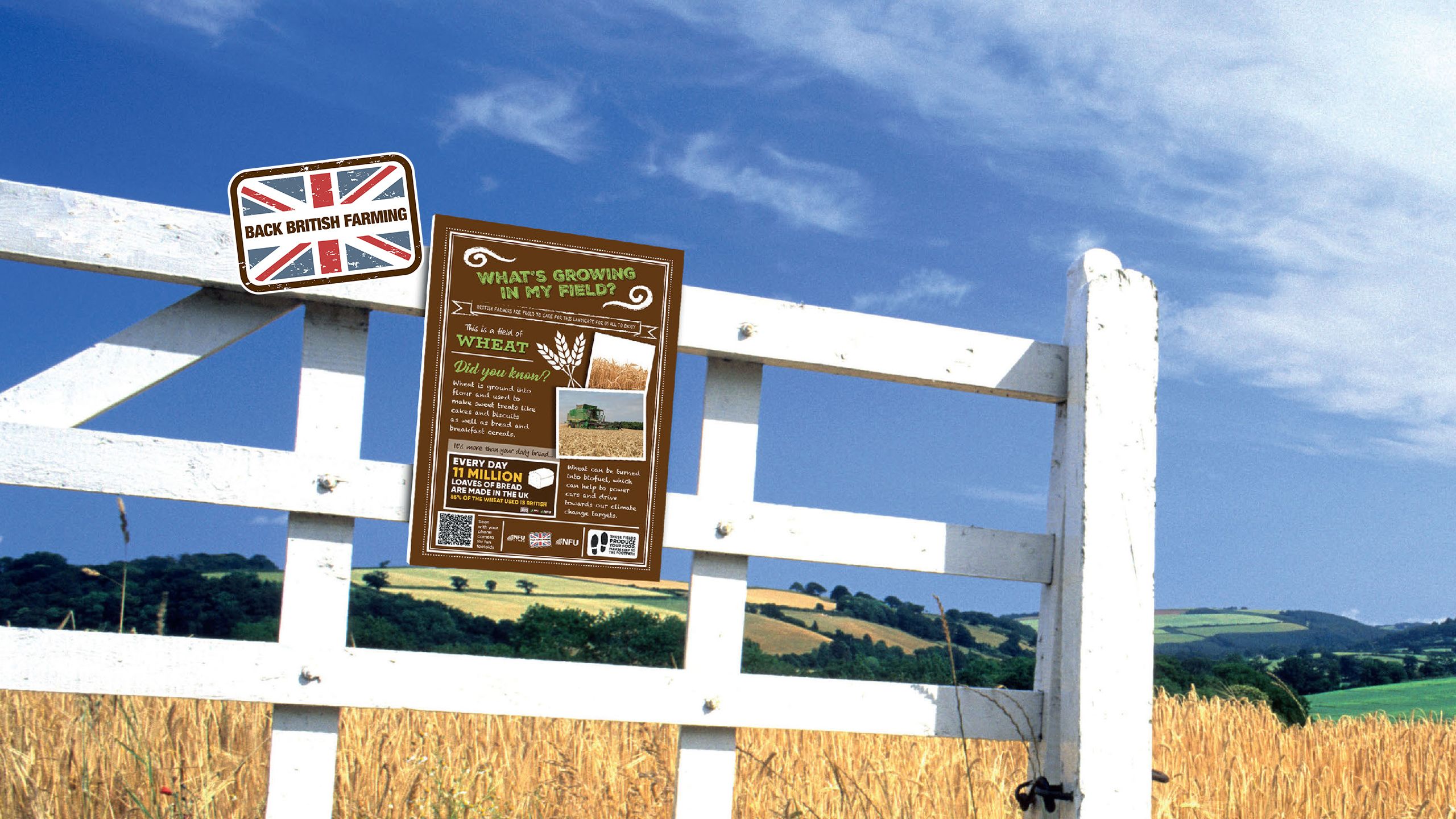
The British countryside has a fantastic story to tell.
Not only is it a space for us to enjoy and be active, it's also home to Britain’s abundant wildlife.
And without it we wouldn't be able to produce all the tasty British food we all enjoy.
Whether you want to know more about the wheat that makes your breakfast, the barley that brings you beer, or all the great things that British farmers do to care for birds and wildlife while producing your food, we’ve got it all.
Simply click on the menu links to skip to your preferred section, or keep scrolling to find out about them all.
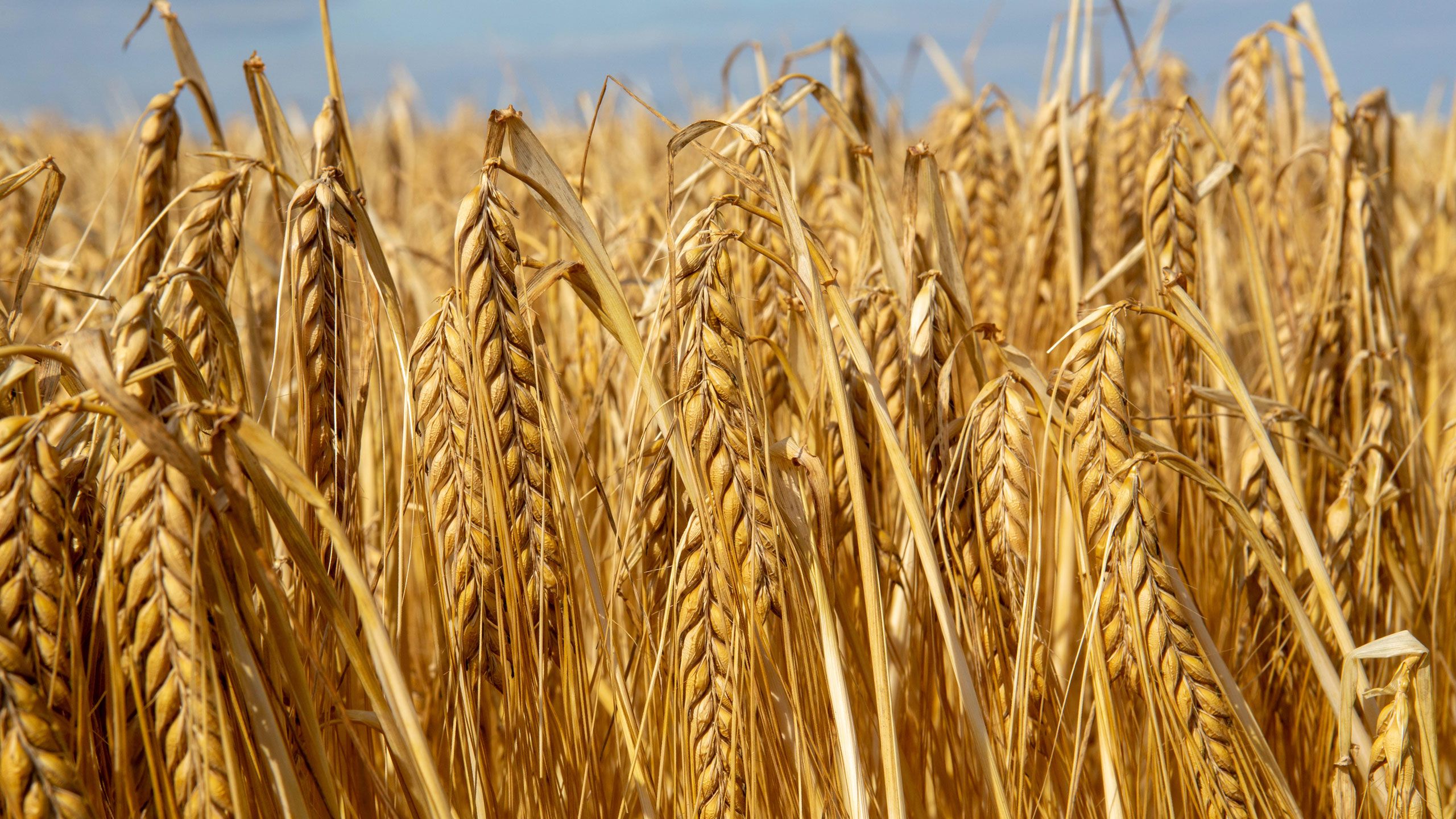
Barley
- Malting barley is used to make whisky and beer (along with hops), with 50% of UK malt going into the whisky sector.
- The maltster demand for UK malting barley is around 1.9 million tonnes each year.
- It will vary depending on barley prices at the time, but the estimated sector value of winter barley is £364m and spring barley £554m per season.
- 95% of cask ale produced in the world is consumed in the UK.
- Barley can also be grown for feed for livestock.
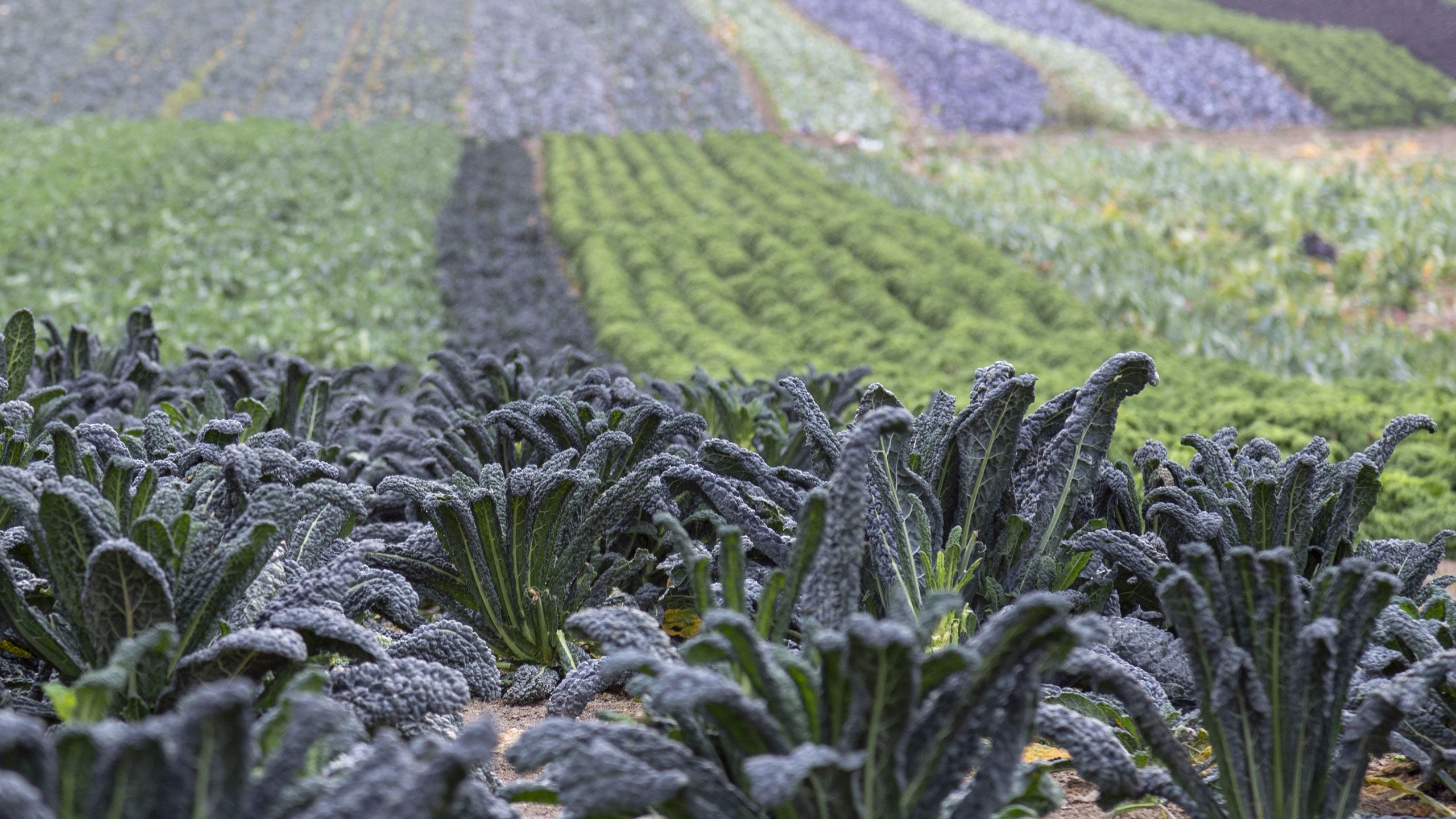
Brassicas
- 15 varieties of brassica are grown in the UK including cabbages, broccoli, brussels sprouts, cauliflowers and turnips.
- Kale and savoy cabbage are a rich source of antioxidants and are often referred to as super foods.
- Brussels sprouts contain more vitamin C than oranges.
- Brussels sprouts are not just for Christmas and are harvested from October through to May.
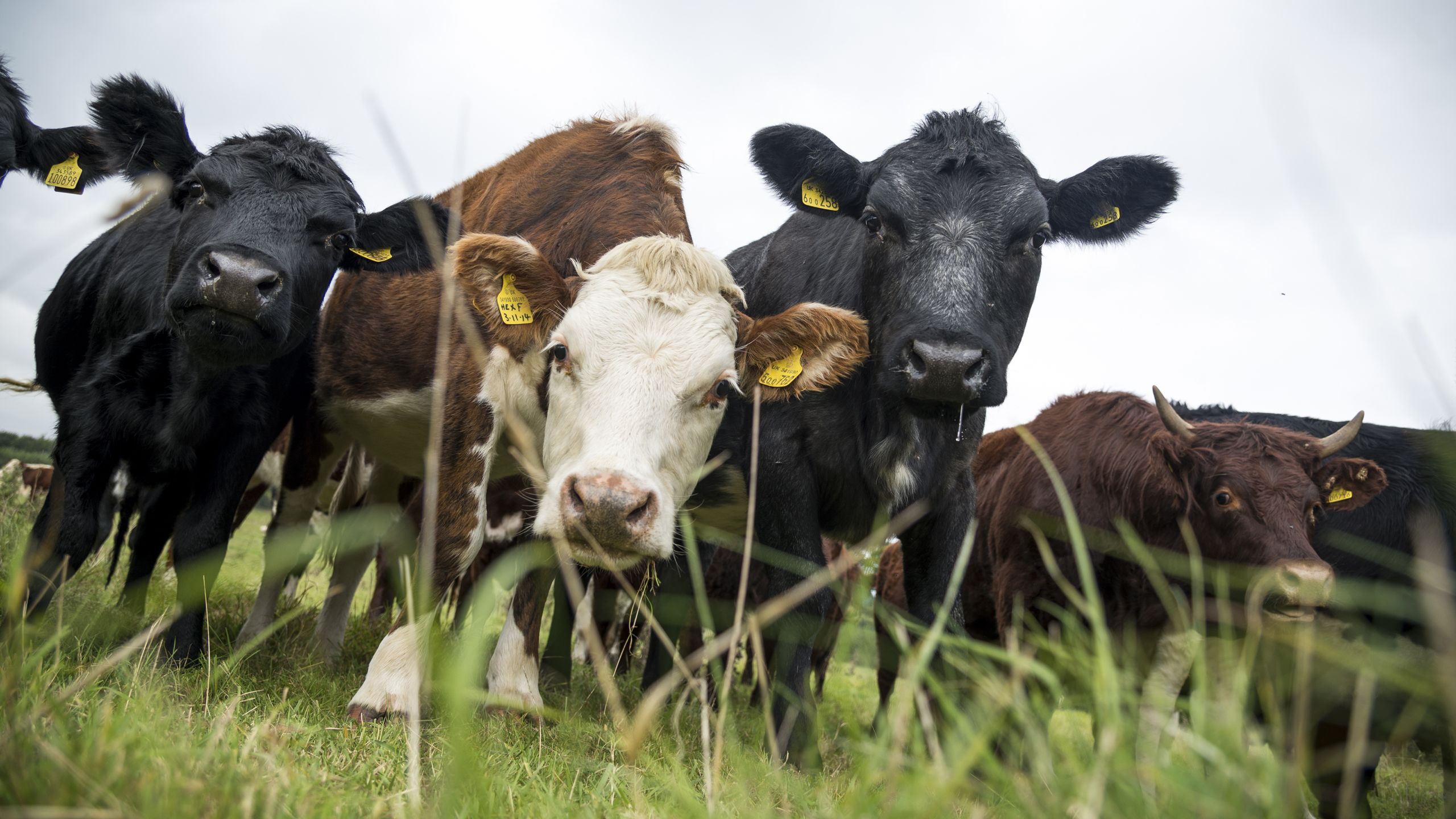
Beef cattle
- Red meat is one of the richest and most bioavailable sources of essential nutrients, such as iron, zinc and B vitamins, which help to reduce fatigue and also support the immune system.
- 91% of British beef cows’ diets is grass and conserved forage. Cows mostly graze on fresh grass. This is grown in the same fields that store tonnes of carbon. They provide a natural fertiliser for the soils, helping to enrich our farmed landscapes.
- Grazing livestock on this land turns inedible grass, of which 65% of our landscape is best suited to, into high quality, nutrient rich beef.
- What do humans and cows have in common? … They all have 32 teeth!
- Fun fact for you... cows can’t sleep standing up.

Dairy cattle
- It takes a cow between 50 and 70 hours to turn grass into milk.
- The average person in the UK drinks 144 pints of milk a year.
- On average, a cow produces 39 pints of milk a day.
- The average tea maker can make 20 cups of tea from 1 pint of milk.
- British dairy farmers could fill 78 million bathtubs with the milk they produce every year.
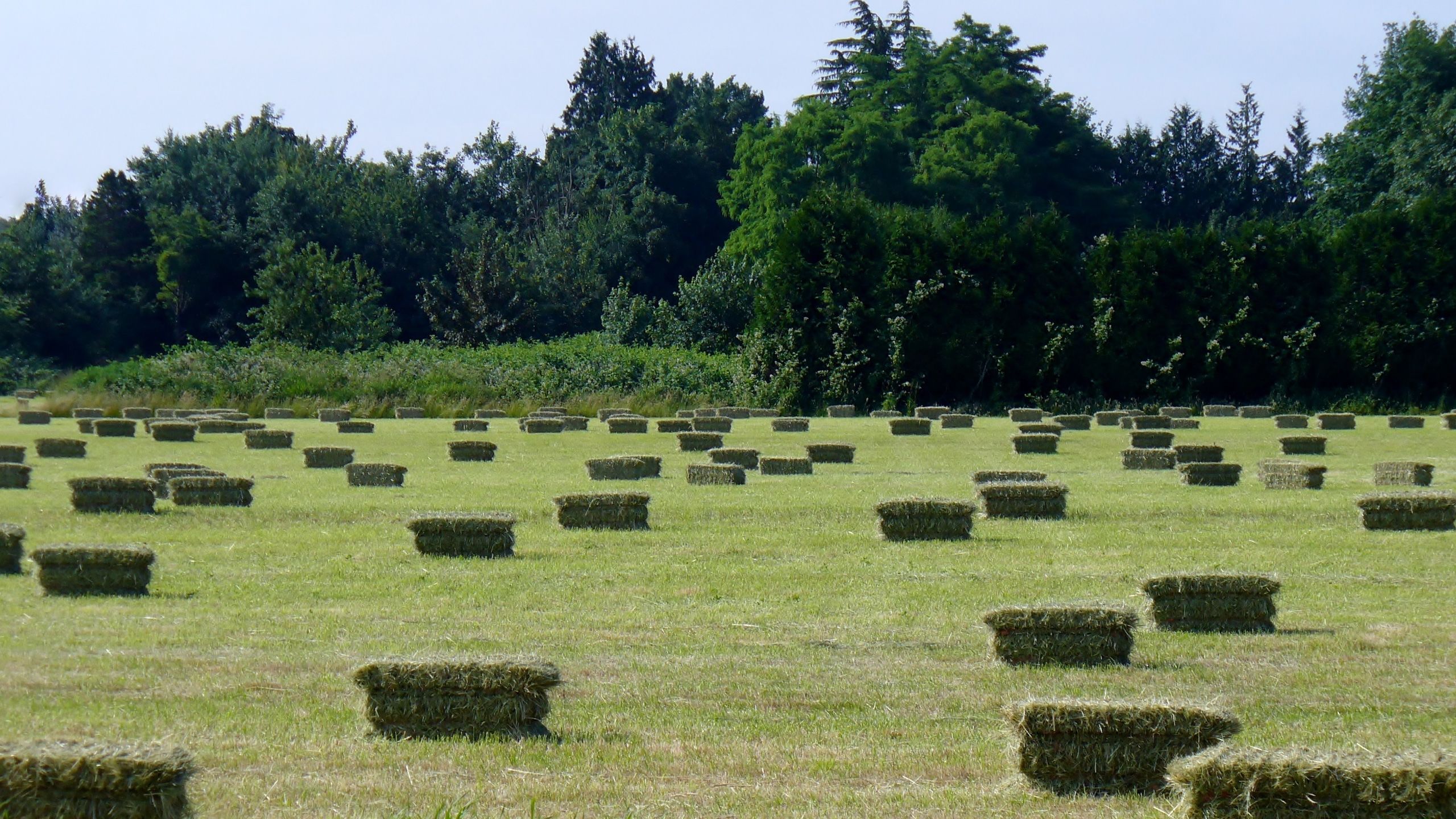
Grass meadows
- A grassy meadow isn't just for grazing cattle and sheep on. Starting around April as the weather warms up, farmers mow grass on their meadows to make food for animals to eat over the winter months.
- Hay is cut grass that has been cut, dried and baled. It is then stored and used for animal feed.
- Silage is also cut grass, but it is preserved through fermentation. It is used as cattle feed as it is rich in nutrients.
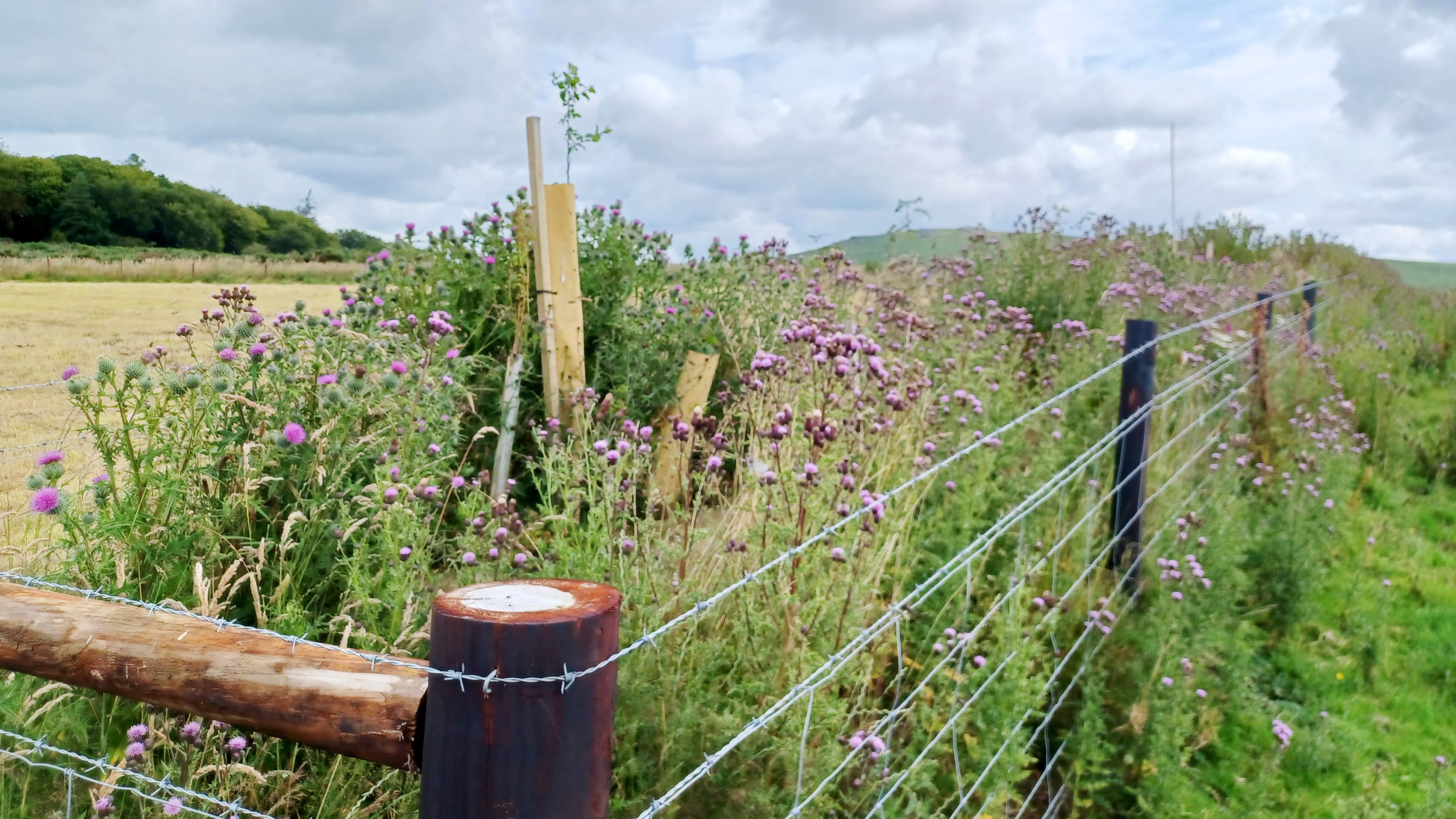
Nature
- Farmers maintain 411,600km of hedgerows in England and Wales, a length which is enough to wrap round the earth’s equator more than 10 times.
- There are around 95,000km of stone walls on farmland in England and Wales.
- Across Great Britain there are estimated to be 500,000 ponds.
- Of the total area of woodland and forestry in England and Wales (1.6m hectares) around 28% occur on farms.
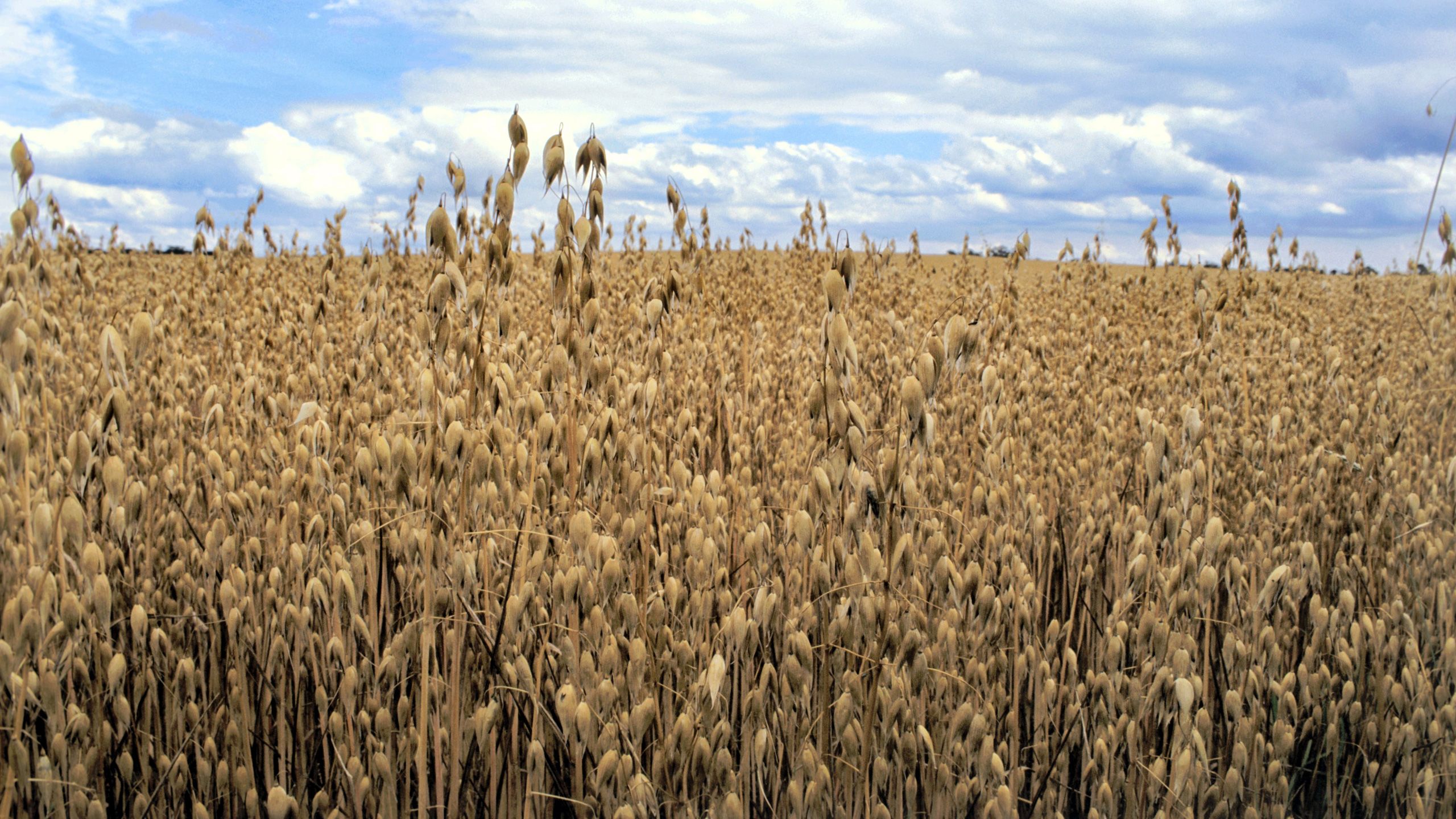
Oats
- Oats are mainly used as an ingredient in breakfast products, such as porridge, cereals and granola, as well as snack bars and even oat milk. They can also be found in animal feed, especially for horses.
- Oats have a lower nutrient requirement than other cereal crops so are a good choice for inclusion in arable rotations and are good for improving areas of poorer soil quality.
- The UK is almost self-sufficient for oats, with around 95% of the UK demand met from home grown oats.
- Getting your oats is important – oats can actually relieve depression by boosting levels of serotonin which make you feel good.
- Oats reduce cholesterol, protecting your heart.
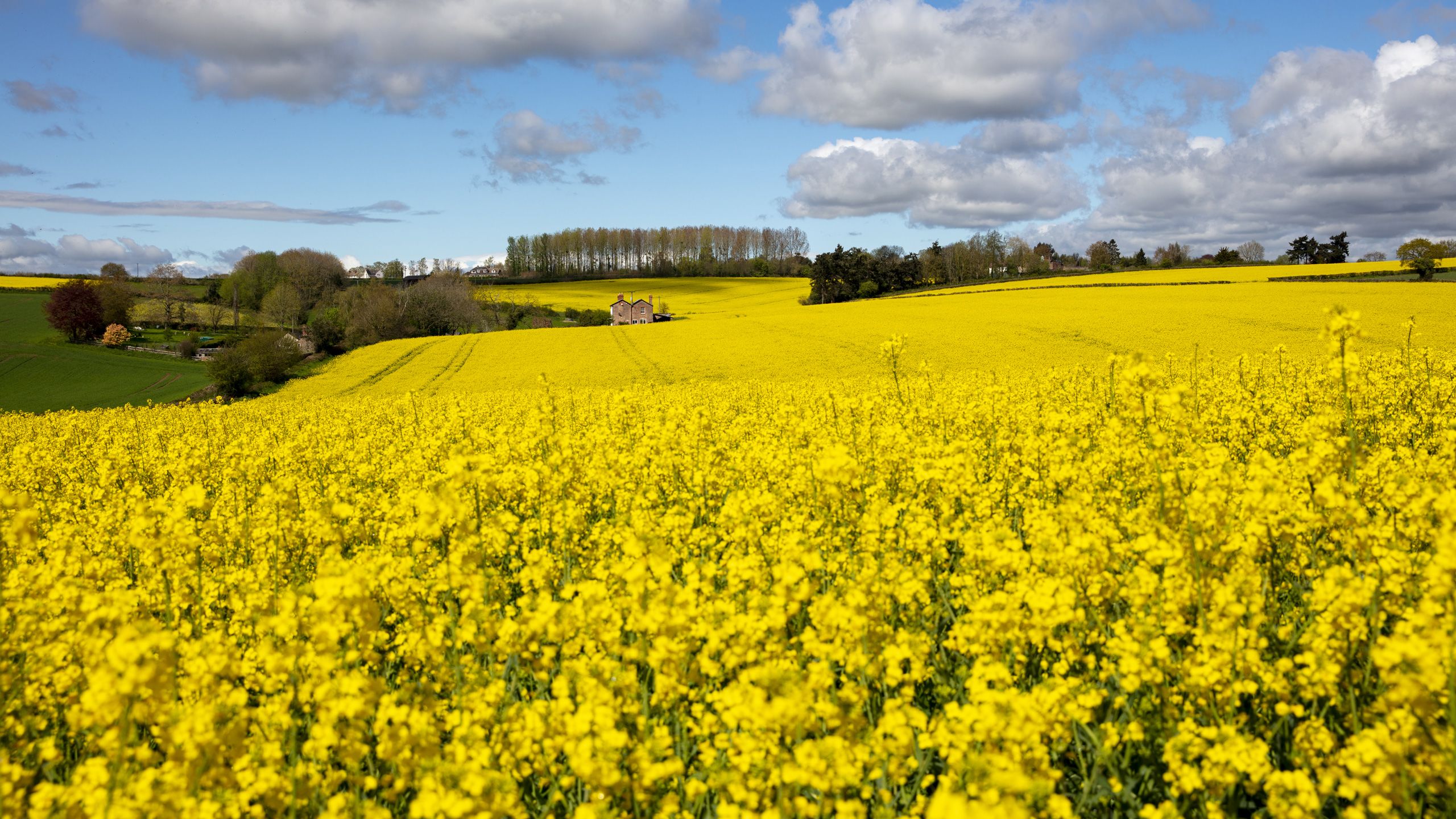
Oilseed rape
- Oilseed rape is the bright yellow crop you see in fields in the spring.
- Oilseed rape has a higher burning point than other oils, so it is good for cooking, especially frying.
- Rapeseed makes a variety of products, including edible vegetable oils for cooking, animal feed, biodiesel and even printer ink!
- Once seeds have been crushed for oil, the bi-product is used in animal feed.
- Oilseed rape has colourful open flowers, making it extra attractive to pollinators and other insects and is a key food source in early spring.
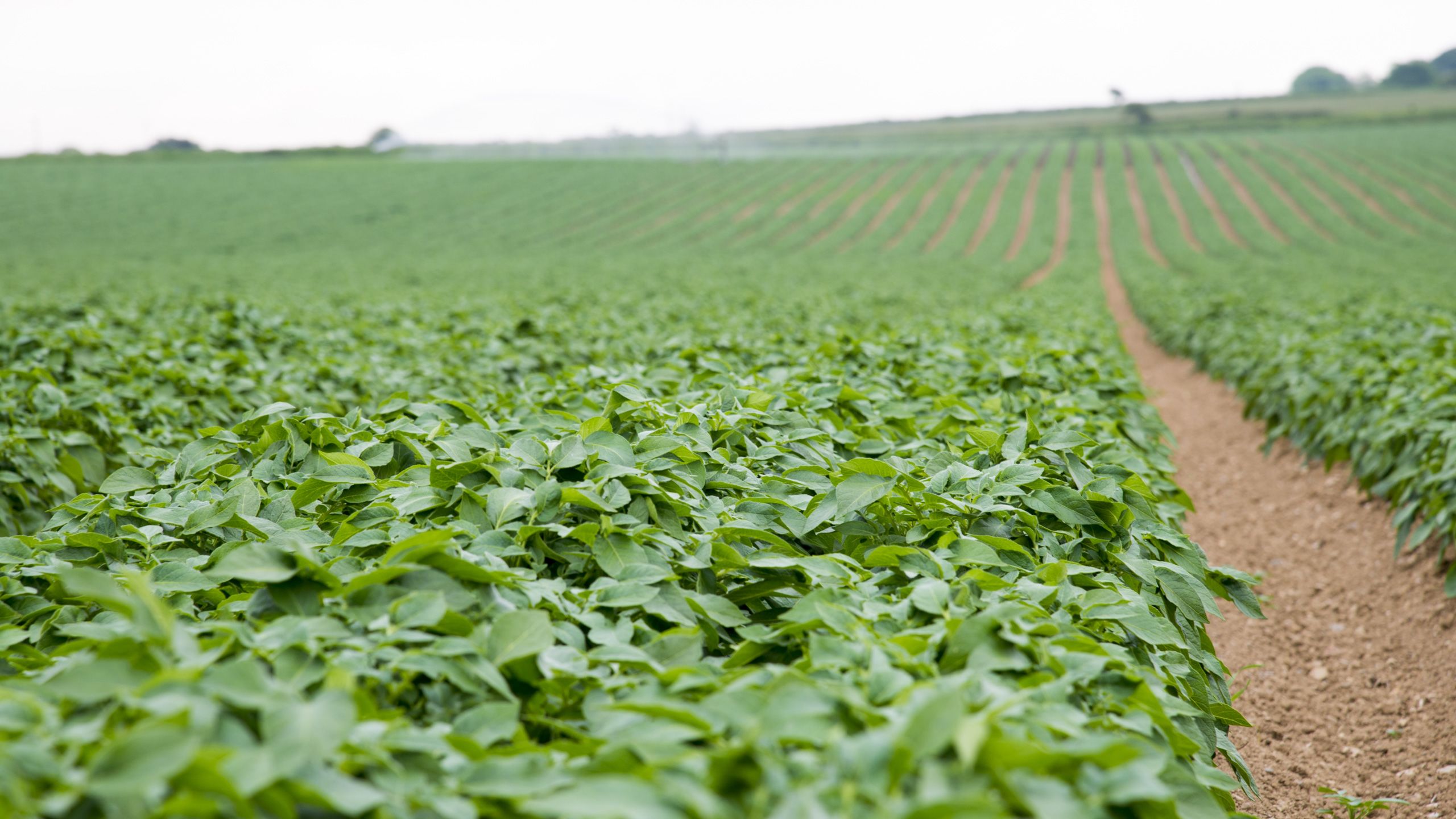
Potatoes
- In 2020, 5.3 million tonnes of potatoes were grown in the UK.
- 11% of UK potatoes go to make chips, while 36% of UK potatoes are processed in pre-prepared meals and crisps.
- ¼ of UK grown potatoes are grown in the East of England.
- The British eat around 130kg of potatoes each, every year – what's your favourite way to eat them?
- British farmers grow an impressive 80 varieties of potato!
- Spuds are the slang for potatoes and stems from a nineteenth century word for a sharp narrow spade that was used to dig up root vegetables.
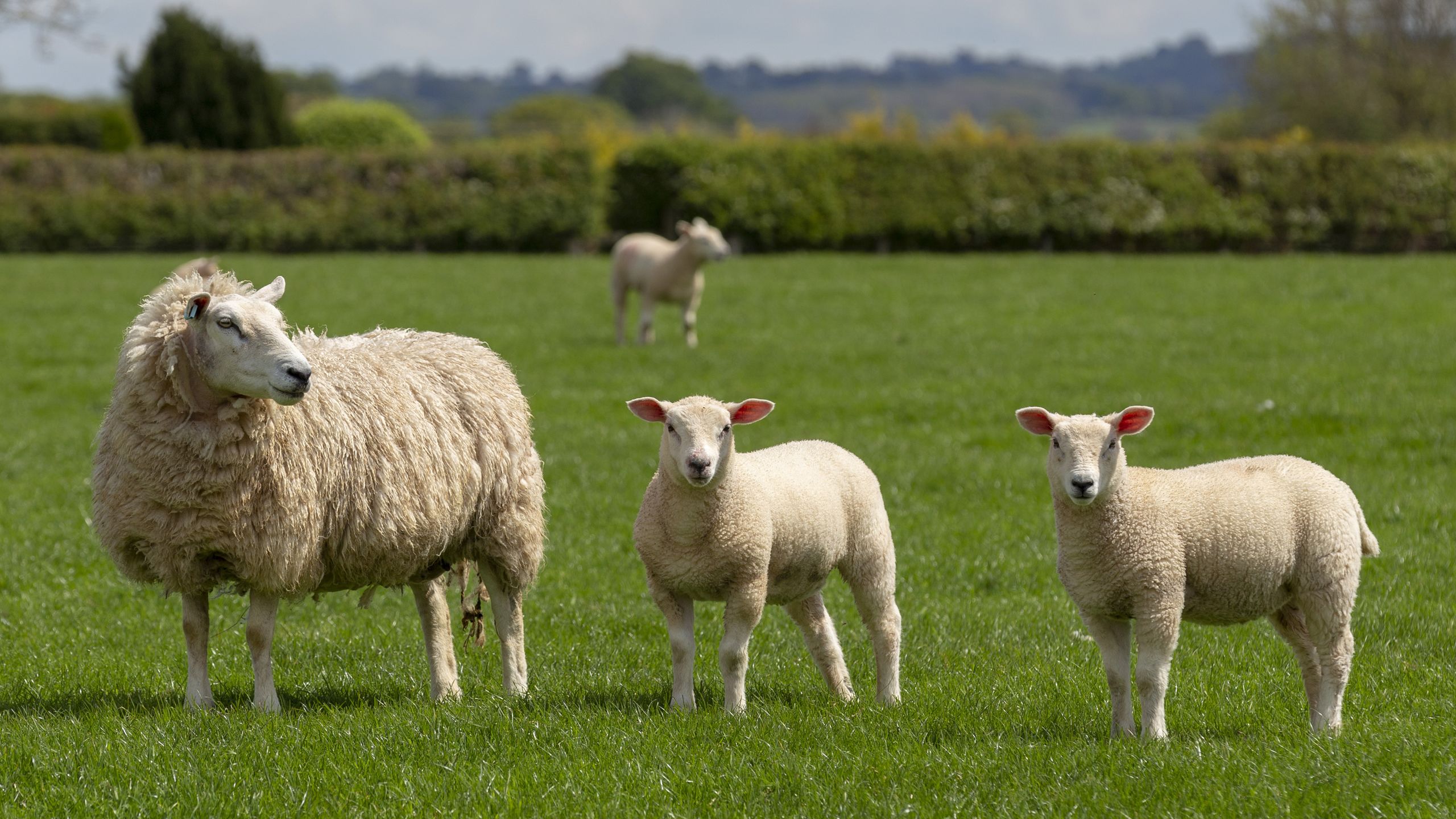
Sheep
- There are over 100 different sheep breeds in the UK with each one uniquely bred to thrive in certain environments.
- Sheep have been a common sight in the UK since Roman times with their wool, meat and milk forming an essential part of Medieval Trade.
- 65% of our landscape is best suited for grassland and livestock grazing. Livestock grazing helps to manage grass species and encourages wildflowers and insects to flourish.
- There are approximately 22.5 million sheep in the UK!
- Sheep are sheared for a number of welfare reasons. Shearing takes place once a year in the spring so that the sheep do not become overheated in the summer.

Sugar
- Britain’s first sugar beet crop was grown and processed in Norfolk over 100 years ago.
- Sugar beet is the UK-grown crop that sucrose (what you see in your sugar bowl) is extracted from.
- The homegrown sugar industry involves 2,300 sugar beet growers and supports up to 9,300 UK jobs in the wider economy.
- Sugar grown by British sugar beet growers makes up around 50% of the UK’s demand for sugar.
- The average beet travels just 28 miles from its farm to the sugar factory, making it an incredibly short journey, so when you’re buying British sugar you can do so knowing that it’s had a low impact on the environment.
- You can #BackBritishFarming by looking for the silver spoon logo when you shop.

Wheat
- Every year the UK produces over 20 million tonnes of grain providing home-grown raw ingredients for our food and animal feed.
- The UK produces over 4 million tonnes of flour every year.
- Thanks to all you lockdown bakers, sales of flour rose by 82% .
- A hectare of wheat – about the size of a football pitch – produces an average of 7.5 tonnes of grain. That’s enough to make 11,500 loaves of bread!
- A combine harvester can do the work of 1,000 people.
- An individual stalk of wheat is called an 'ear of wheat' and each ear contains about 50 grains.
- While we all love bread, animals love the straw for bedding – straw is the stalk of the wheat.
Become a supporter
Are you like us? Are you passionate about your food and the way it is produced? Do you love and care for the great British countryside?
Then why not join our community of 500,000 like-minded British food and farming campaigners today.
Sign up and we'll keep you up to date with all the ways you can back British farming.
